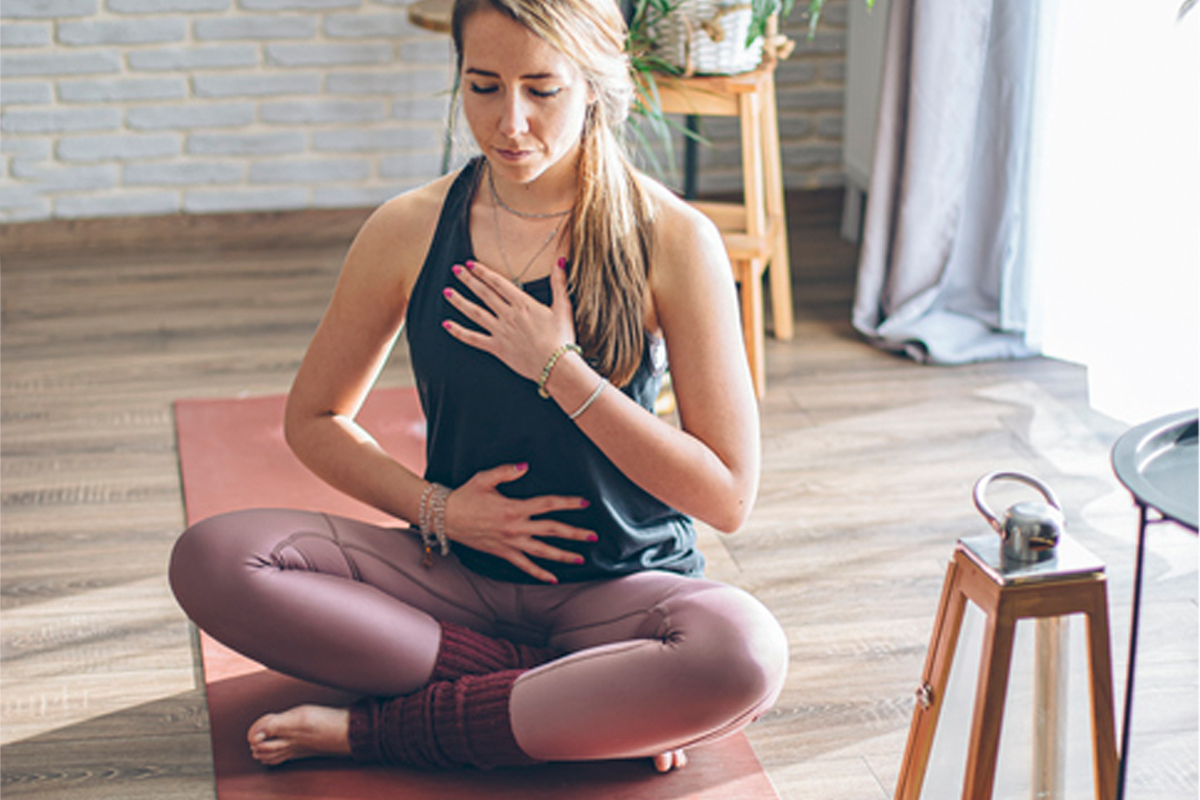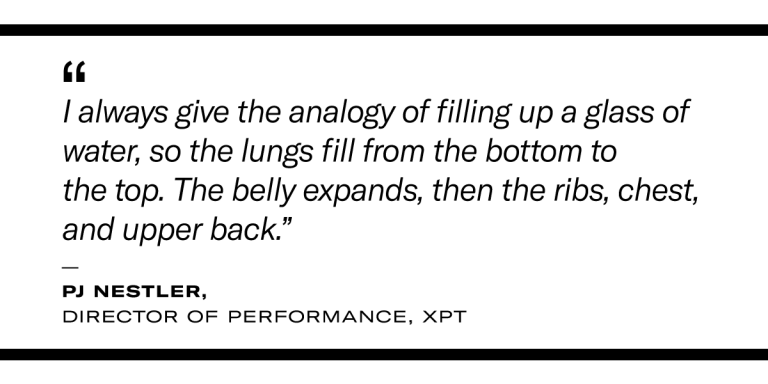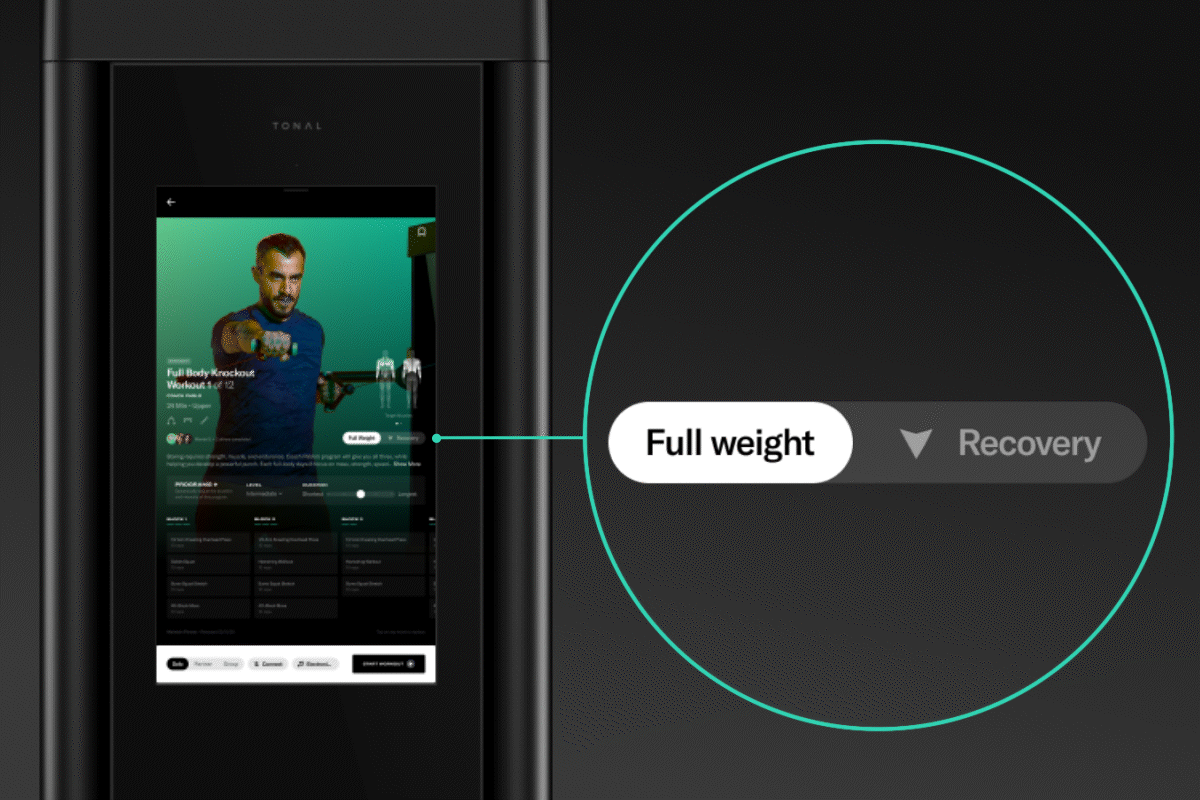The vast majority of people do not breathe optimally. A breathing expert shares how to assess and improve your breathing mechanics.

Human beings breathe 20,000 times per day. But according to breathing specialist PJ Nestler, director of performance at XPT, the majority of us are not breathing optimally. The technical term is “dysfunctional breathing,” and Nestler says it’s a universal issue that affects both elite athletes and normal folks alike.
“I’ve worked with thousands of professional athletes in my career, and they have the same dysfunctions as the average person,” Nestler says. “They’re just master compensators, and they’ve figured out how to work around their dysfunctions and still compete at the highest level.”
However, whether you’re a pro or an average Joe, bringing a conscious awareness to your breath can increase breathing efficiency, and subsequently boost energy levels, focus, resilience, and overall health, along with performance. Here’s what you need to know about how to breathe better.
What is Functional Breathing?
Functional breathing is quiet, effortless, deep, slow, and mostly through the nose. “I always give the analogy of filling up a glass of water, so the lungs fill from the bottom to the top,” Nestler says. “The belly expands, then the ribs, chest, and upper back.”
Breathe through your nose. Pause briefly at the top of the inhale, exhale slowly and with control, and follow with another brief pause. Nose breathing filters out allergens, adds resistance that increases lung volume, increases oxygen uptake by 10 to 20 percent, and delivers warmer, more humid air to the lungs.

What is Dysfunctional Breathing?
Dysfunctional breathing is through the mouth, is rapid, audible or even noisy, and stops in the upper chest. Dysfunctional breathers use the muscles of the neck and upper back to elevate the rib cage to allow air into the lungs, rather than the diaphragm and intercostals. Dysfunctional breathing is often indicative of a stressed state, in which the sympathetic nervous system is turned on and eliciting a stress response.
“When you breathe rapidly through the mouth, we take in way more air than is necessary and we start dumping out carbon dioxide,” says Nestler. “You don’t have the right gas exchange, and even though you’re breathing in and out more quickly, the cells and the brain don’t get the oxygen they need.”
We all know oxygen is critical, but so is carbon dioxide. “We need to keep a balance of carbon dioxide to oxygen in our blood, in order for the respiratory system and all the other systems to work appropriately,” says Nestler. Carbon dioxide is required for the release of oxygen to the cells. When carbon dioxide in the blood hits a certain level, it triggers us to take a breath. However, because oxygen is released in the presence of carbon dioxide, the more carbon dioxide we can tolerate, the more oxygen we will deliver to our cells.
How to Assess Your Breathing Functionality at Home
The Body Oxygen Level (BOLT) Test: Take a normal breath in and out through the nose and hold your breath on the exhale. “Start the clock at the completion of the exhale, and time how long you can hold your breath,” says Nestler. “At your first desire to breathe, take a breath in.” This should be a non-stressful, calm breath in; don’t hold your breath until you turn blue. If that first desire to breathe comes in less than 20 seconds, you are not breathing optimally. An ideal BOLT score for healthy individuals is 40 seconds.
The HiLo Test: While seated or lying down, place one hand on the chest and one hand on the lower abdomen and breath normally. If you’re breathing properly, the bottom hand should move out as you inhale and in as you exhale, and the top hand should remain still, indicating the diaphragm is expanding and contracting as you breathe. If you’re breathing dysfunctionally, the top hand will move.
The One-Minute Test: Start a timer for one minute, and without doing anything to control your breath, count how many breaths you take in 60 seconds while breathing at a normal rate. You can also get your respiratory rate from many popular wearable devices. “Most people average between 14 to 20 breaths per minute,” says Nestler. “But, the optimal rate at rest is closer to five to seven.”

How to Breathe Better
Improve awareness: Throughout the day, check in with how you are breathing. You may find that you’re breathing with your mouth open, or holding your breath without realizing it. “You can see some pretty drastic improvements very quickly by just bringing an awareness to the way you breathe,” Nestler says.
Improve cadence: Lie down comfortably on your back. Breathe in for four seconds, breathe out for five seconds, then hold the natural pause for two seconds, which will put you at the optimal rate of five to seven breaths per minute. “That breath pattern will get you into the most homeostatic state, where all systems of the body are in balance,” Nestler says.
Improve mechanics: Put the hands around the lower two ribs. Inhale slowly and deeply and feel your ribs expand laterally, then slowly breathe out and feel them contract. This helps to create an awareness of the diaphragm so you can more efficiently use it.
Improve breathing at night: If you wake up in the morning with a dry mouth, if you feel unrested, or if you snore or wake up often, you’re likely a mouth-breather during sleep. Nestler says the practice of using a porous tape to gently hold the mouth closed overnight can improve sleep and overall health. If you can get past the psychological barrier of having your mouth taped shut, you can reap the benefits of seven to nine hours of functional, relaxed nasal breathing every night. That accounts for one-third of your daily breathing repetitions, which drills in the subconscious pattern of proper breathing.
“Changing disrupted breathing patterns during sleep can lead to improving breathing patterns during the day,” Nestler says.
How to Breathe Better When You’re Working Out
Breathing through the nose during exercise has been shown to improve endurance, stamina, and overall performance. Nestler says it is also important to coordinate breath with movement during strength training. For most exercises, the ideal breath pattern is to inhale during the lowering portion of the movement and exhale during the effort, which is usually the concentric portion.
“For example, if I were doing a push-up, I would inhale as I lower my body to the ground, and I would exhale as I push up, and you can do that mostly through the nose,” he explains.
If you’re doing HIIT training and your breathing becomes erratic, Nestler says to focus on inhaling through the nose and exhaling through the mouth. “True HIIT training is really high-intensity exercise, followed by recovery, and that recovery is part of the training,” he says. “The goal is to spike the heart rate and then bring it back down, and you do that with the breath.” Nestler recommends these three steps to quickly regulate the heart rate and the breath.
Step 1: Get control of the breath
“After a one-minute sprint when breathing has become erratic, I teach people to breathe like they’re breathing through a straw,” Nestler explains. “They can still move air quickly, but they’re more in control of the in and out.”
Step 2: Get nasal
Get back to the in-through-the-nose, out-through-the-mouth breathing pattern.
Step 3: Slow it down
Nestler suggests focusing on slowing and lengthening your exhales, but slowing both phases of the breath can bring your heart rate down more quickly. When possible, return to fully nasal breathing.


